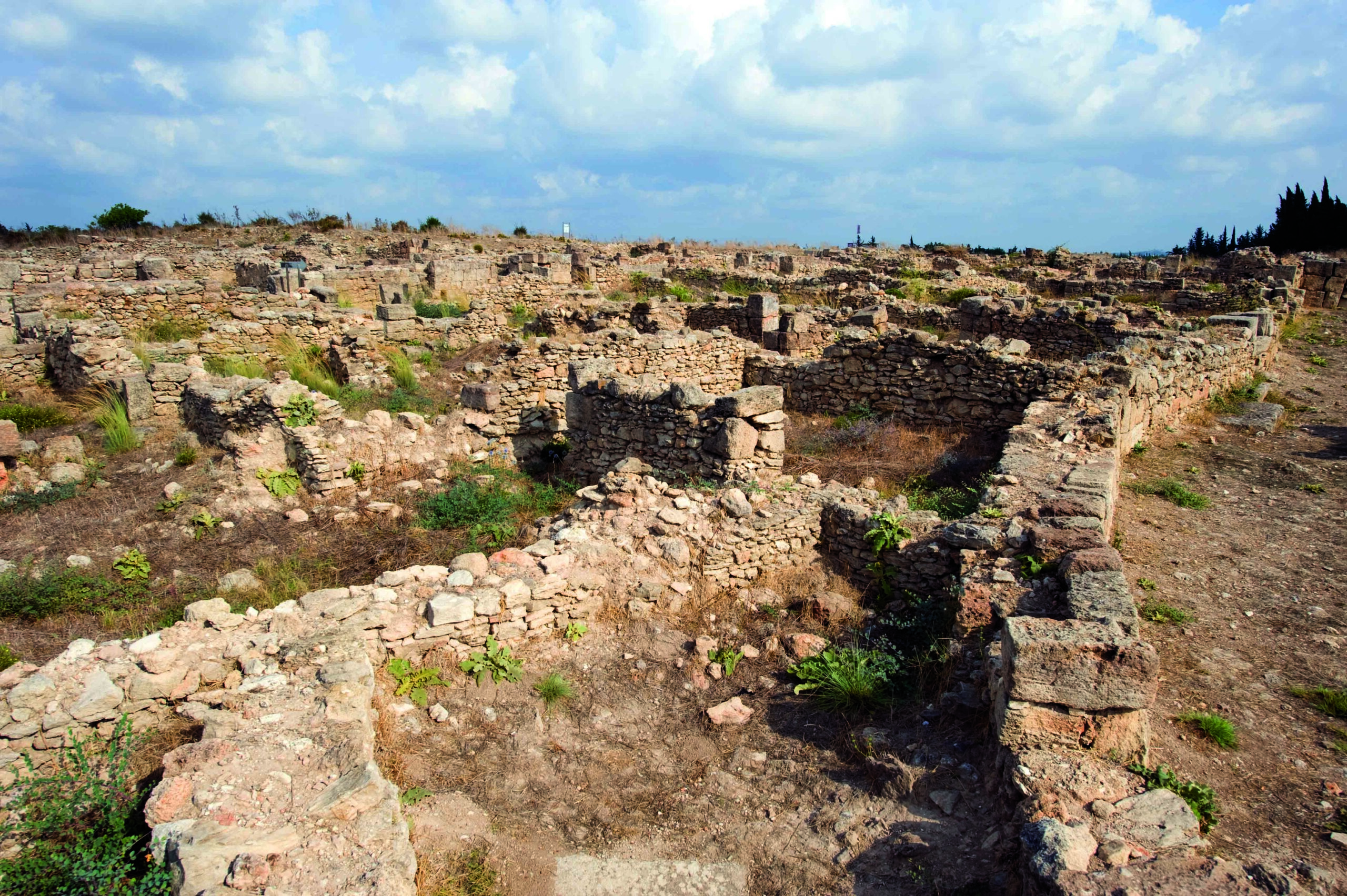BRISBANE, AUSTRALIA—Gizmodo reports that a fragment of a human jawbone dated to between 16,000 and 25,000 years ago has been discovered on the Indonesian island of Sulawesi, pushing back the occupation of the island by modern humans by thousands of years. “This particular individual most likely descended from a population of modern humans that arrived in Sulawesi by watercraft tens of thousands of years ago,” said Adam Brumm of Griffith University. The bone was recovered from a layer in southwestern Sulawesi’s Leang Bulu Bettue that was dated through isotope analysis of stalagmites, radiocarbon dating of shells, laser ablation dating of a pig tooth, and optical dating of feldspar. Brumm said that the person was an adult who had “really bad teeth.” The international team of researchers will continue to look for additional remains. To read about cave art on Sulawesi that has been dated to at least 44,000 years ago, go to "Shock of the Old."
Remains on Indonesian Island Push Back Human Occupation
News September 30, 2021
Recommended Articles
Digs & Discoveries July/August 2022
The Great Maize Migration
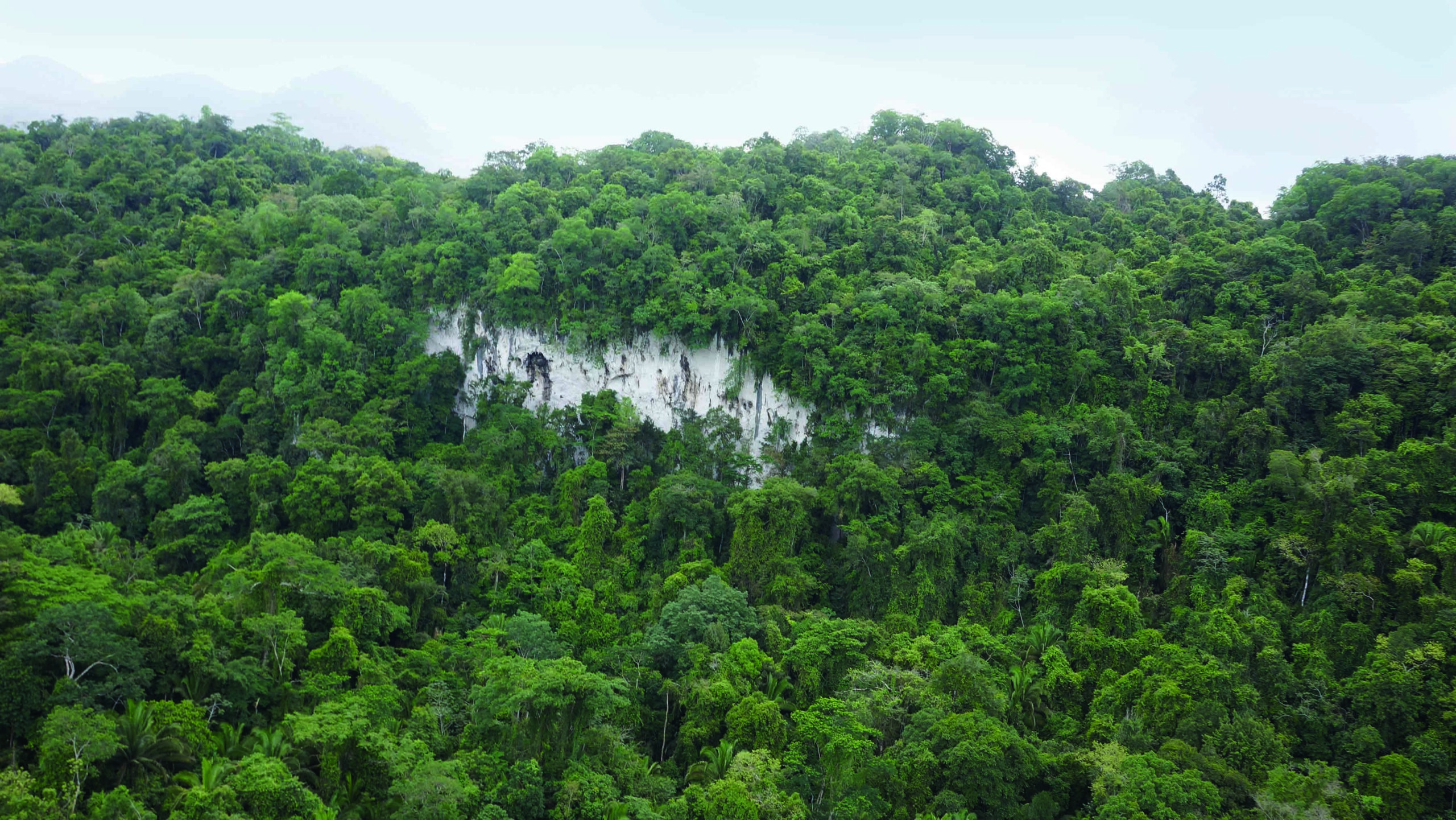
Digs & Discoveries January/February 2022
Japan's Genetic History
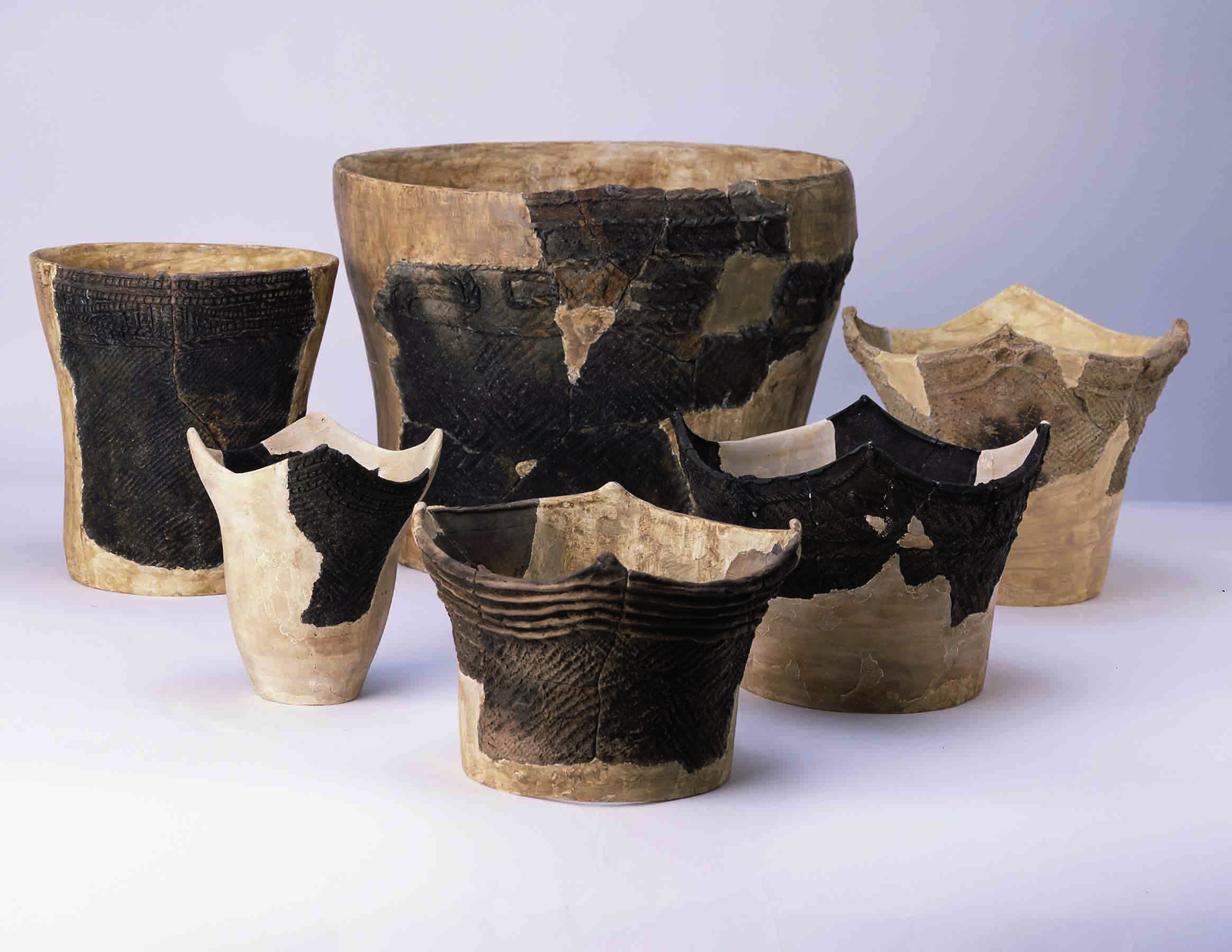
Digs & Discoveries November/December 2016
Coast over Corridor
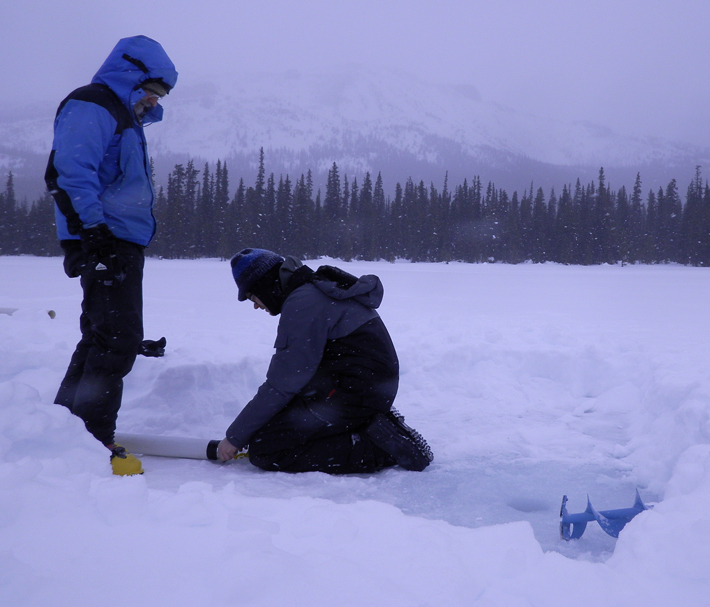
Off the Grid September/October 2025
Necropolis of Pantalica, Italy
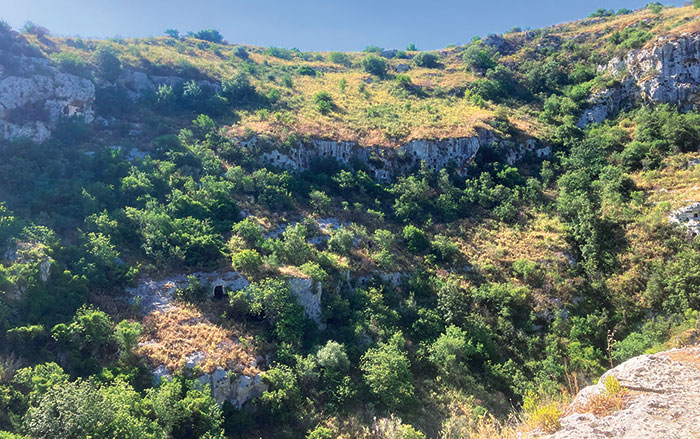
-
Features July/August 2021
Autobiography of a Maya Ambassador
A grand monument and a humble burial chronicle the changing fortunes of a career diplomat
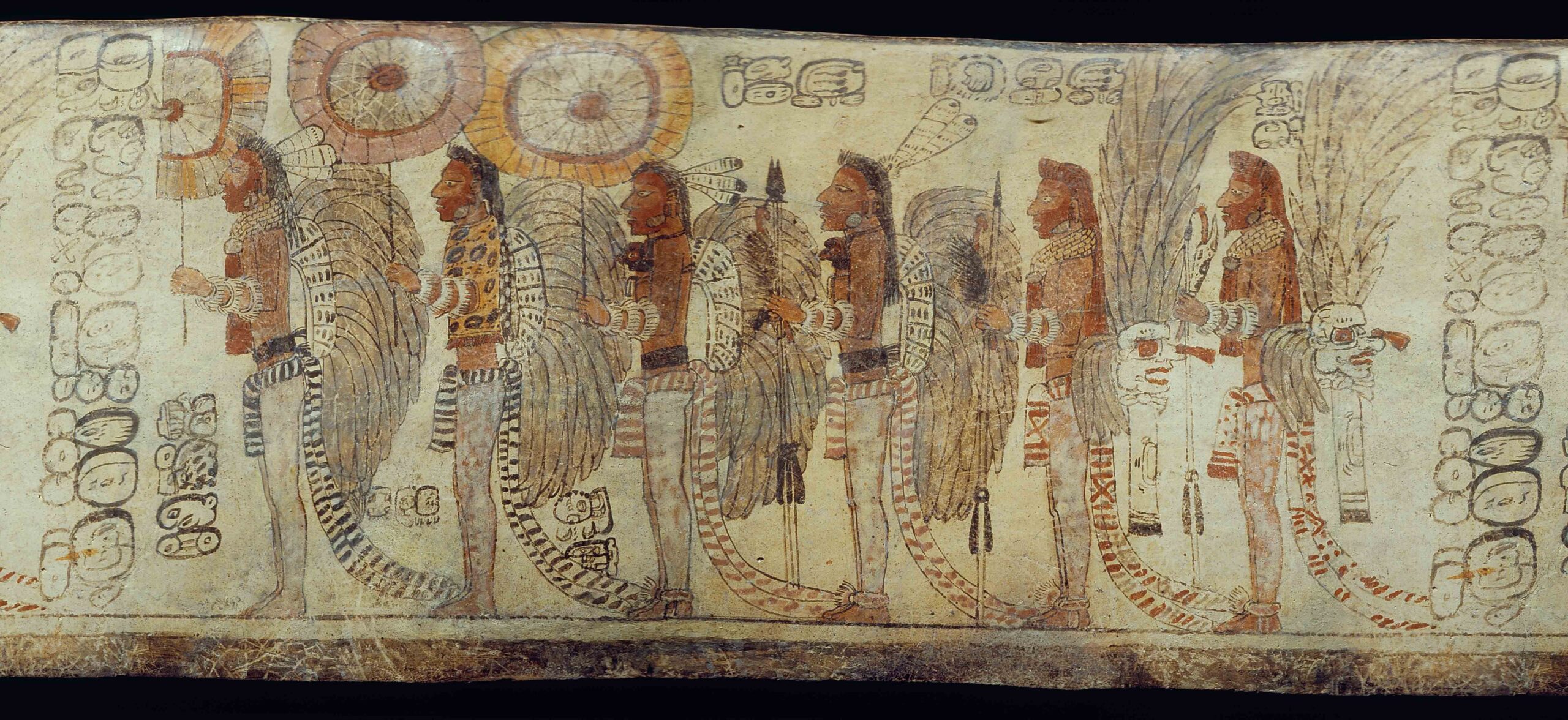 (Justin Kerr, K-5763, Justin Kerr Maya Vase Archive, Dumbarton Oaks, Trustees for Harvard University, Washington, D.C.)
(Justin Kerr, K-5763, Justin Kerr Maya Vase Archive, Dumbarton Oaks, Trustees for Harvard University, Washington, D.C.) -
Letter from Alaska July/August 2021
The Cold Winds of War
A little-known World War II campaign in the Aleutian Islands left behind an undisturbed battlefield strewn with weapons and materiel
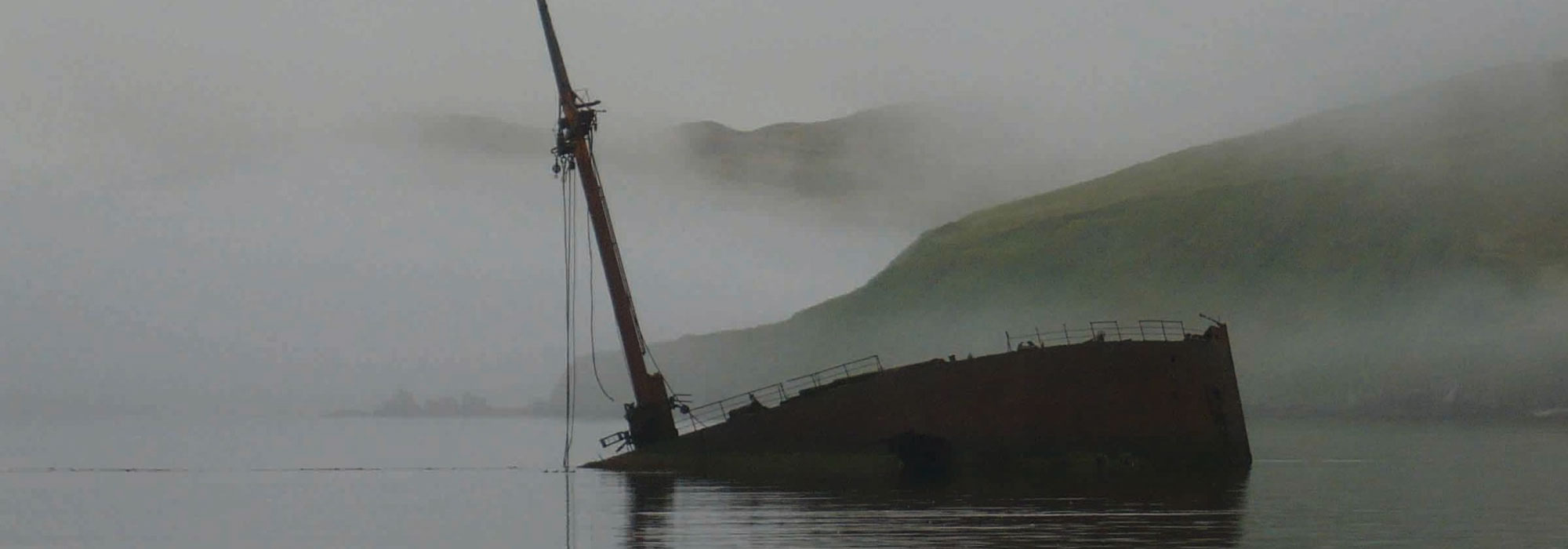 (Brendan Coyle)
(Brendan Coyle) -
Artifacts July/August 2021
Egyptian Copper Tools
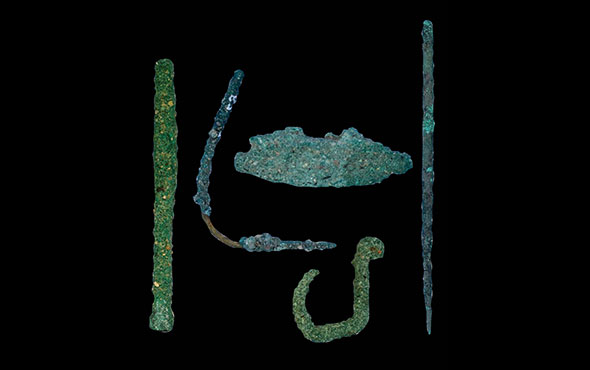 (Courtesy Martin Odler and Jiří Kmošek, Czech Institute of Egyptology, Faculty of Arts, Charles University)
(Courtesy Martin Odler and Jiří Kmošek, Czech Institute of Egyptology, Faculty of Arts, Charles University) -
Digs & Discoveries July/August 2021
A Challenging World
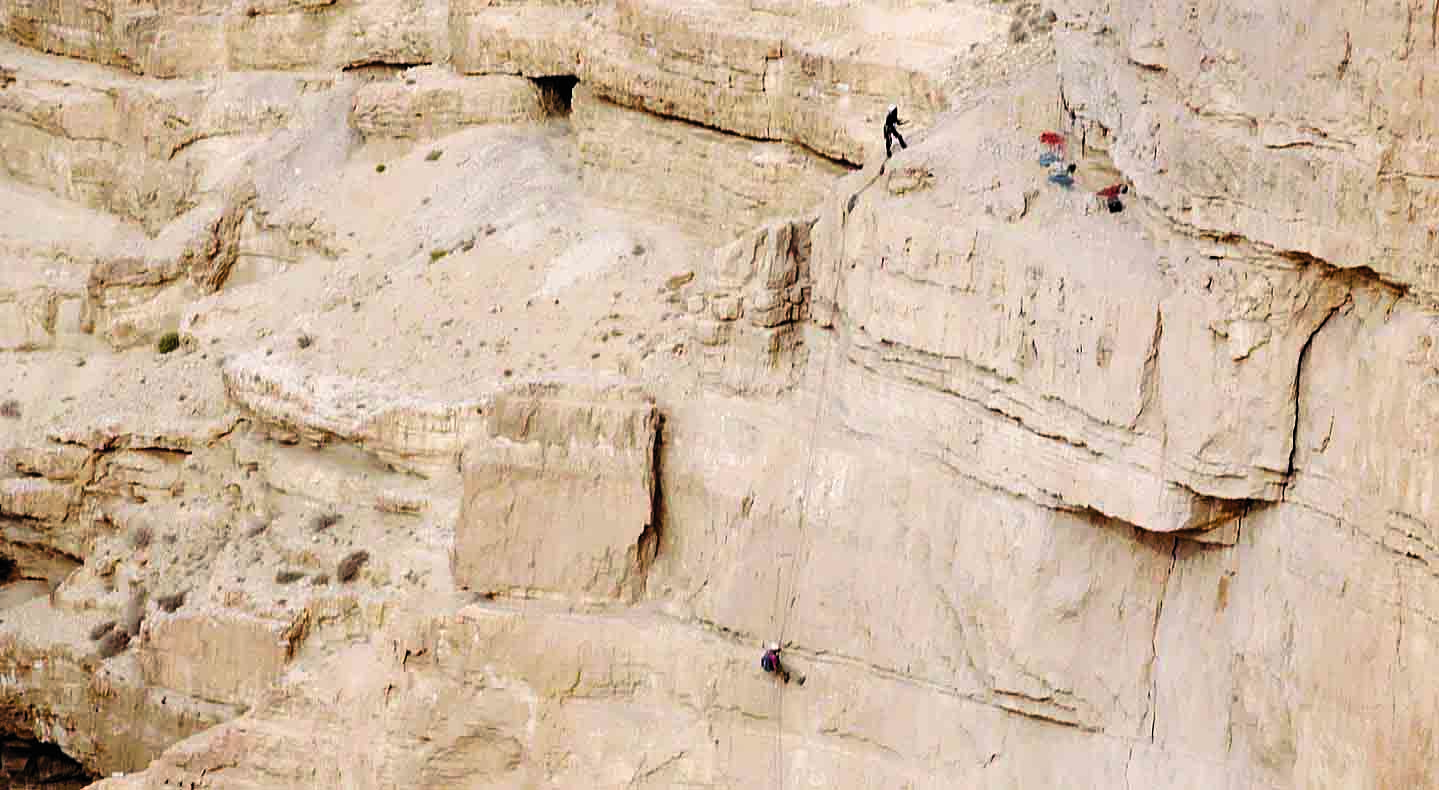 (Courtesy Yoli Schwartz/Israel Antiquities Authority)
(Courtesy Yoli Schwartz/Israel Antiquities Authority)


